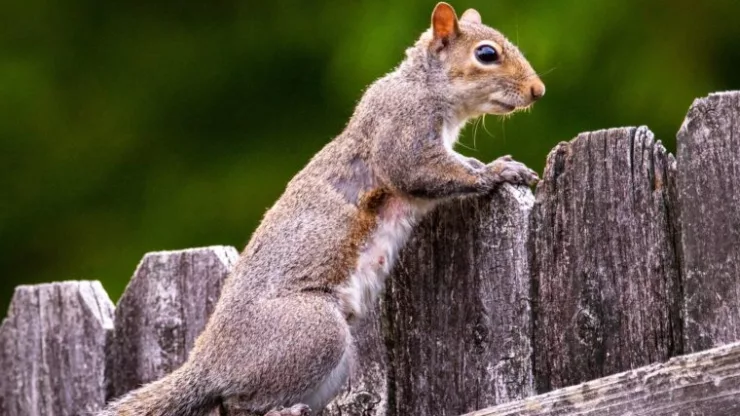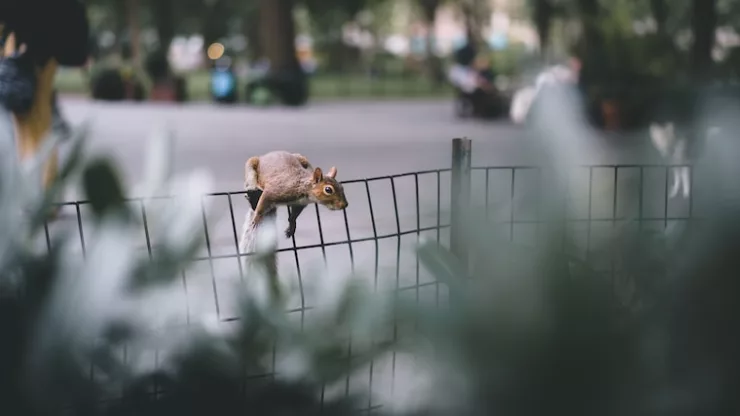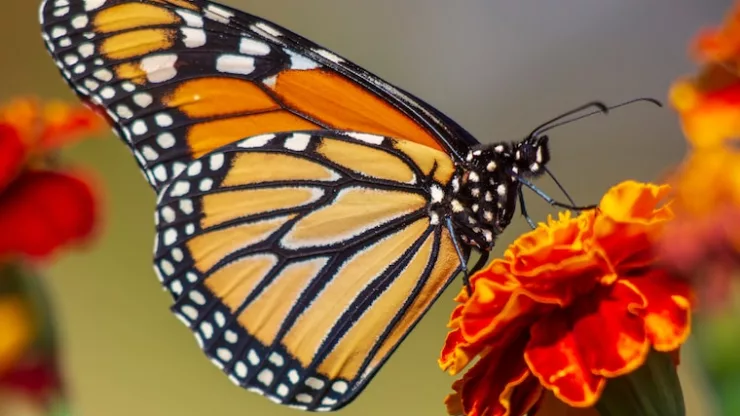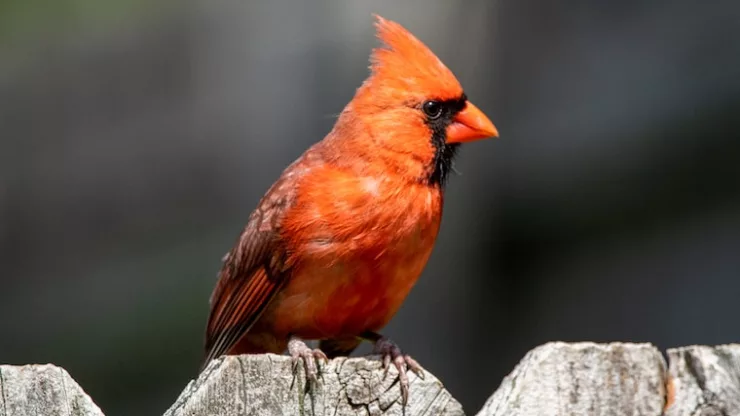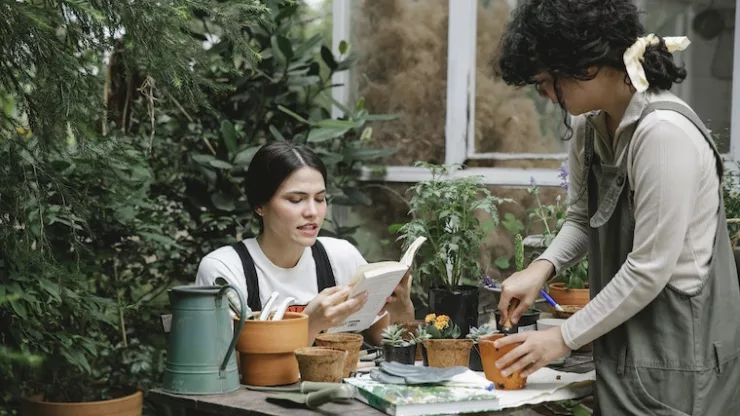Living in a city doesn’t have to mean sacrificing the opportunity to observe and interact with wildlife.
By creating a wildlife-friendly backyard, you can attract a variety of animal species while simultaneously enhancing the green space of your surroundings.
To begin, consider the native plants for your area.
These plants support the local wildlife by providing food and shelter.
For example, planting milkweed will attract monarch butterflies, while sunflowers are a source of food for birds such as finches and chickadees.
Additionally, leaving some dead or decaying plants in the garden can provide a habitat for insects and other small animals.
Another essential factor in creating a wildlife-friendly backyard is providing a source of water.
Whether it’s a small bird bath or a pond, having a water feature can benefit a variety of animals, particularly during the drier months.
Make sure to clean and refill with fresh water regularly to prevent stagnant water and mosquito breeding.
One of the most significant changes in urban areas is the loss of habitat that is caused by humans constructing buildings and other infrastructure.
Creating a wildlife-friendly backyard, particularly in an urban neighborhood, can act as a natural refuge for animals that have been displaced from their natural habitats.
By providing trees and shrubs, you can create an environment that supports local wildlife and acts as a vital link between fragmented habitats.
Another crucial aspect to consider is reducing the use of pesticides and chemicals in your garden.
These harmful substances can harm not only the pests but also other beneficial insects and animals like pollinators that visit your garden.
The chemicals fallout can also contaminate the water source and soil, posing harm to wildlife.
Here are some additional tips on how to make your backyard a haven for wildlife:
- Provide nesting boxes – Birds and other small animals need a safe and secure place to build their nests. Nesting boxes are an excellent way to provide shelter to these creatures, while also giving you an opportunity to observe them up close and personal. You can choose to install nest boxes for specific bird species like bluebirds, wrens, or house sparrows.
- Create a compost bin – Composting household waste is an eco-friendly way to dispose of organic waste while improving soil quality. A compost bin is also an ideal spot for beetles, earthworms, and other beneficial species to thrive.
- Install bee hotels – Bees are responsible for pollinating the majority of our crops and flowers. You can help these essential pollinators by providing them with shelter in the form of a bee hotel. These are typically small structures made of natural materials that can provide a suitable nesting site for bees.
- Use natural alternatives to chemical pest control – Instead of using chemical pesticides and herbicides, try using natural alternatives like neem oil, diatomaceous earth, and garlic spray to repel pests like aphids and caterpillars.
- Incorporate rocks and logs – Rocks and logs provide hiding places and basking spots for a variety of wildlife. They can also help create diversity in the landscape and prevent soil erosion.
By creating a wildlife-friendly backyard, you’re not only helping the animals survive in a challenging environment, but it also adds value to your property.
Imagine waking up each morning to the sight of a butterfly, hummingbird, or bird in your backyard.
You’ll be amazed at how these small but important steps can help create a sustainable and biodiverse ecosystem in your own backyard.
But wildlife-friendly backyards are not just for those who have a big yard. For those living in apartments, balconies can also be transformed into havens for wildlife.
You can create a mini garden with vertical planters and hanging baskets while also addressing key principles such as native plants, source of water, and natural pest control.
In conclusion, creating a wildlife-friendly backyard in the city is an excellent opportunity to connect with nature while creating a sustainable environment.
By providing food, shelter, and water, and avoiding the use of harmful chemicals, you can promote biodiversity and contribute to the conservation of native wildlife species.
Whether you have a small balcony or a large garden, there are many creative ways to make your space attractive to the local ecosystem.
So why not start today and create a welcoming environment for the wildlife in your neighborhood?
I’m a nature enthusiast and creator of Metro Wilds and have spent years exploring the great outdoors.
With a passion for environmental conservation and sustainability, I have dedicated my career to writing about the beauty and wonders of nature, as well as the threats facing our planet.
Contact me at [email protected] for assistance.

